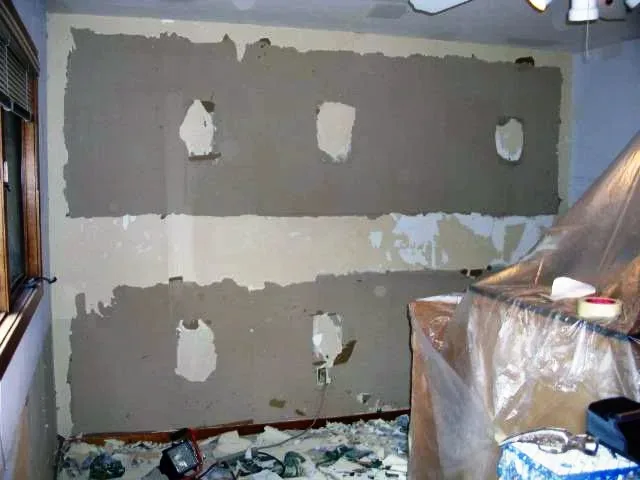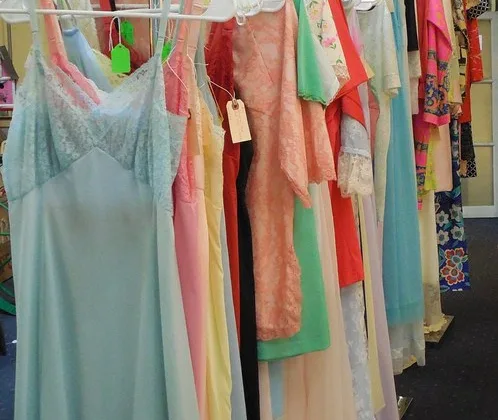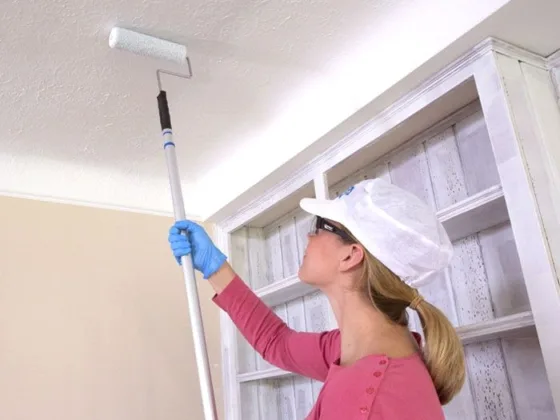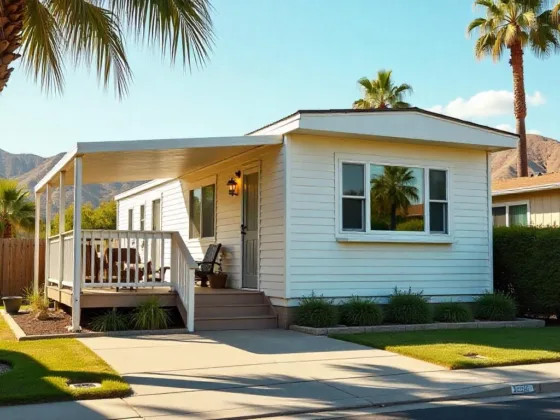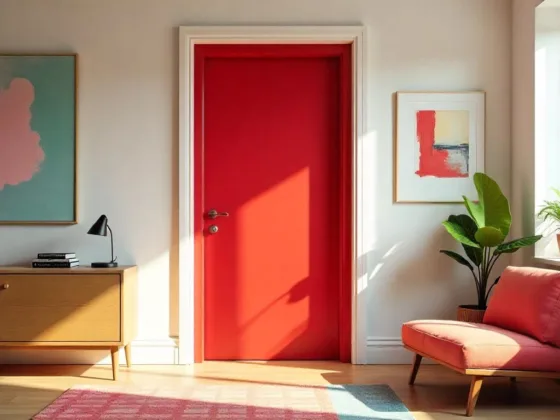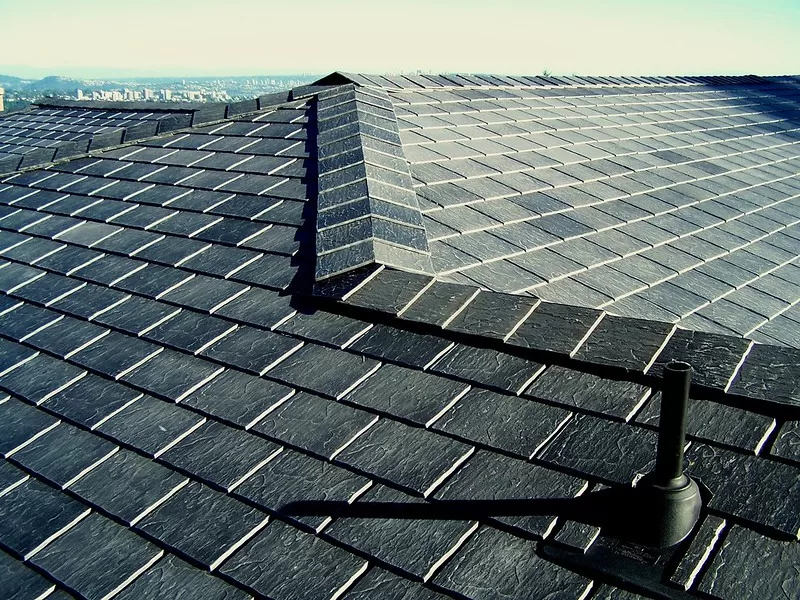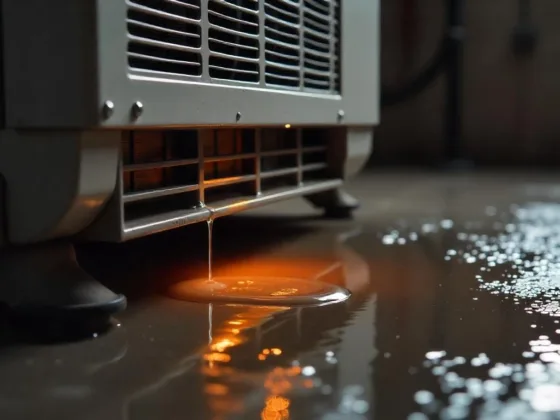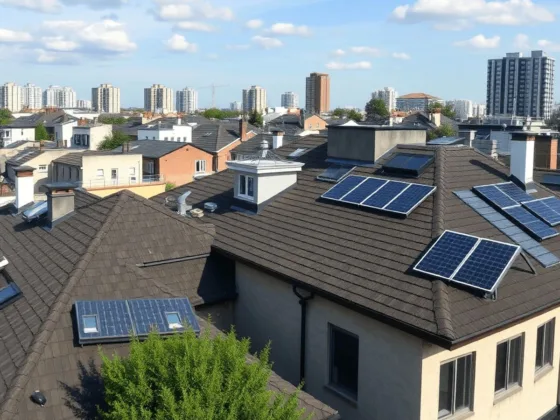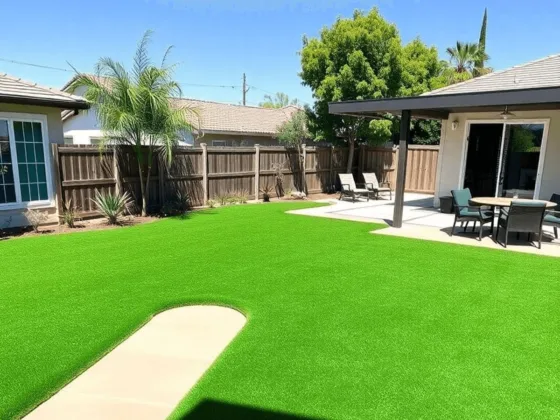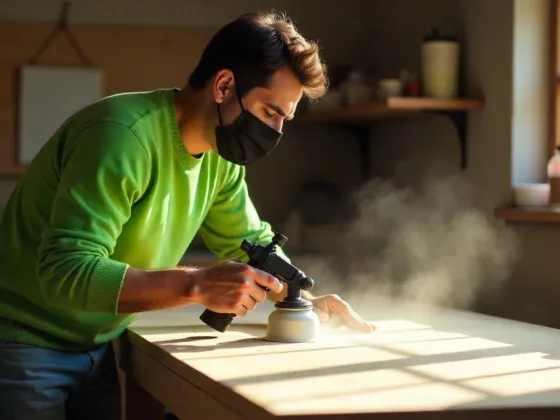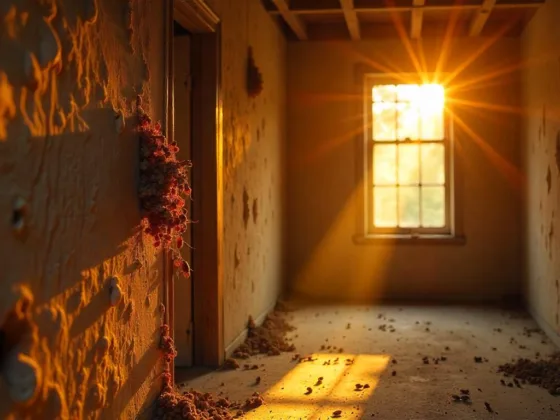Removing wallpaper can cost in time and effort, especially for DIYers. However, in some cases, you can paint over wallpaper and achieve a beautiful finish.
Painting over wallpaper is possible, though little known, option to removal. Nevertheless, as with everything in life, there are caveats.
Wallpaper is a system, as is a paint job. Removing wallpaper and then painting is effectively converting from one wall covering system to another while painting over it is more or less changing it on the fly. Each has its pros and cons. In most cases though, painting will be the quickest and least expensive option.
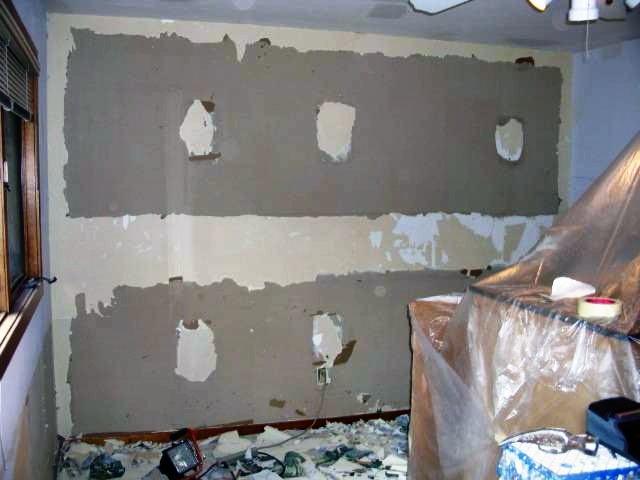
However, the decision to remove the wallpaper or paint over it really boils down to three considerations; the paper and the underlying substrate, the amount of work and cost one is willing to expend, the purpose for initiating the project.
It also depends, of course, on whether the paper is embossed or textured, which could make the answer simple or spark a journey into decorative painting technique.
Read Also:
Deciding to Remove Wallpaper or Paint Over It
The first step is to evaluate the soundness of the paper. If the paper is falling off, the answer is obvious. If there a few exceptional areas on an otherwise sound surface cut the loose areas and proceed to paint.
However, wallpaper is like a gift-wrapped box, what’s inside is a mystery until it’s unwrapped. Sometimes drywall and plaster mechanics purposely, following the levels of finish specified for painted and papered wall surfaces, under finish surfaces destined for paper.
A level three drywall finish (one level above a “finished” garage) is acceptable under certain papers. In addition to existing damage and removal damage, the taping will have to be finished to standard for paint.
Further, the amount of water necessary to remove the paper can add to the drywall damage that will need repair. Plaster walls are prone to spider cracking that will need addressing if removal is the option chosen. Plaster is also prone to nasty brown staining. Each substrate type has its own set of difficulties.
Remember the gift-wrapped box, once the unwrapping begins whatever is inside must be fixed or re-papered over. It has happened many times where the focus goes from removal to painting as the job unfolds, or unwraps.
The amount of work involved in removing the paper and preparing the rough surface for finish paint is a complete variable that can add up quickly cost-wise. A simply tired paper might look fresher in the light of removal cost.
The first two considerations when looking at a possibly troublesome removal involve purpose and intention. What function does the room serve; does it justify a costly removal? It may not in a rarely used guest room, while it would in a dining room.
Is the house a rental, a flip, or going on the market in the near future? Bearing these considerations in mind will lead to more productive use of resources.
Painting Over Wallpaper
With all that said, on a sound paper surface, a coat of quality fast dry oil primer, followed by some handy spackle work on the seams and cut edges, finished off with two coats of quality finish (the flatter the better) will produce a barely detectable, lasting job.
It is a good idea to lock the edges down by running a bead of caulk, after the oil primer, where the paper edges join the ceiling and trim.
Is it Better to Remove Wallpaper or Just Paint Over It?
It is always preferable to remove paper rather than paint over it. Though more difficult and costly, it has the least chance of future problems.
It is good advice to consult a painting contractor as to how to proceed and consider hiring them for the removal, a job best left to professionals if that is the option chosen.
Though most contractors will push to remove all paper, it is up to each homeowner to know what their needs and goals are, what will justify them, and what their budget will support.
